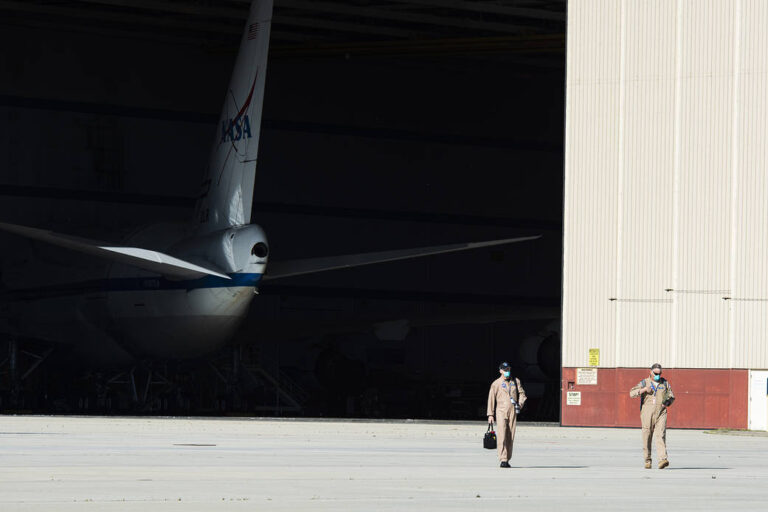哈勃望远镜拍摄到了边缘的星系
The galaxy known as NGC 5907 stretches wide across this image. Appearing as an elongated line of stars and dark dust, the galaxy is categorized as a spiral galaxy just like our own Milky Way. In this new image from the NASA/ESA Hubble Space Telescope, we don’t see the beautiful spiral arms because we are viewing it edge-on, like looking at the rim of a plate. It is for this reason that NGC 5907 is also known as the Knife Edge galaxy. The Knife Edge galaxy is about 50 million light-years from Earth, lying in the northern constellation of Draco. Although not visible in this image, ghostly streams of stars on large arching loops extend into space, circling around the galaxy; they are believed to…










